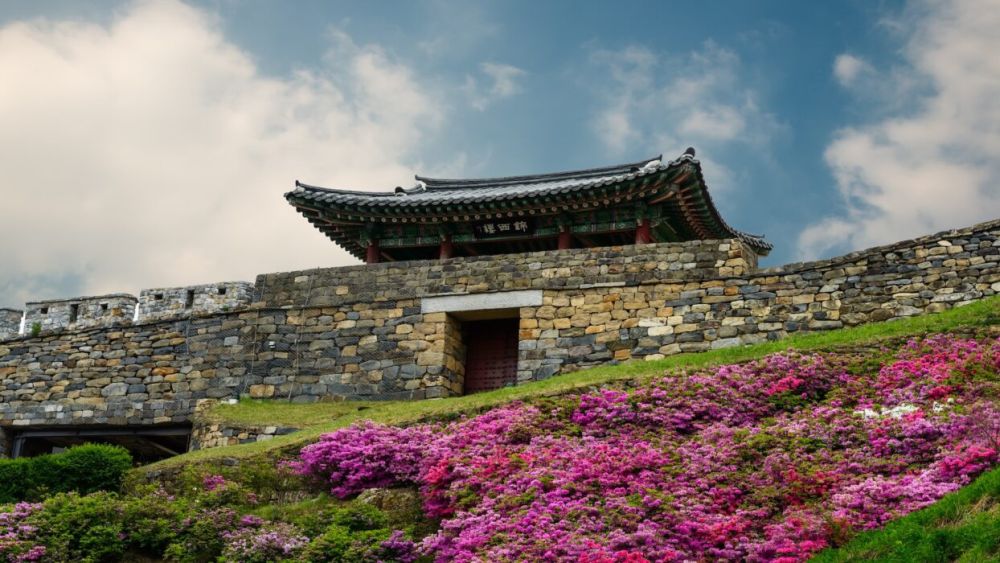

Gyeryongsan National Park is a revered natural landmark in South Korea, acclaimed for its stunning scenic beauty and cultural significance. Established as South Korea's sixth national park in 1968, the park has since become a prominent destination for nature lovers, hikers, and spiritual seekers. Its name, which means "Rooster-Dragon Mountain," is derived from the unique shape of its peaks, which are said to resemble a dragon with a rooster's head.
Historically, Gyeryongsan has been a site of important religious activities. The park is home to various temples, including the renowned Donghaksa Temple, which is historically significant for its role in the introduction of Buddhism to the region. The natural and cultural richness of the park has been a draw for visitors for centuries, with tourism activities gaining momentum particularly following the park's official designation.
The government has played a critical role in developing the infrastructure and promoting sustainable tourism practices in the park. Amenities such as visitor centers, walking trails, and accommodations have been established over the years to cater to the increasing number of visitors while ensuring that the park's ecological integrity is maintained.
In recent years, Gyeryongsan National Park has witnessed changes in tourism trends, reflecting broader shifts in travel preferences and behaviors:
The park has also embraced special events and festivals to promote tourism. Seasonal celebrations, such as the Cherry Blossom Festival in spring and the Maple Leaf Festival in fall, are key attractions that showcase the park's natural beauty while also enriching visitors' experience.
As the world of travel continues to evolve, Gyeryongsan National Park is adapting to ever-changing tourist needs and environmental concerns. The park is committed to offering a balanced experience that honors its cultural heritage, conserves its environment, and caters to the modern traveler. The staff and management continue to explore new ways to enhance the sustainable tourism model and to educate visitors on the importance of preserving such natural treasures for future generations.